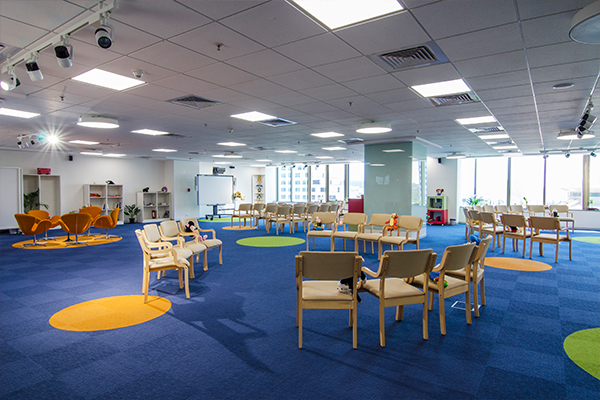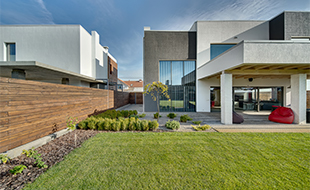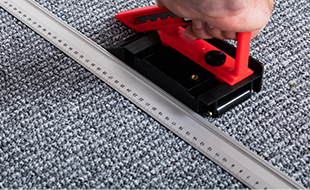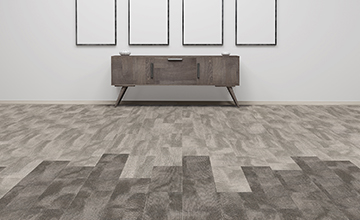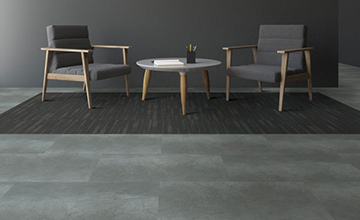When it comes to choosing the right flooring solution for schools and universities, the first thing that comes to mind for most people is hard surface flooring. Traditionally, hard surface floors are a solid choice; they are easy to clean, sanitary, safe and environmentally friendly. But in recent years, more and more studies show that carpets are also a great choice for indoors, especially school environments.
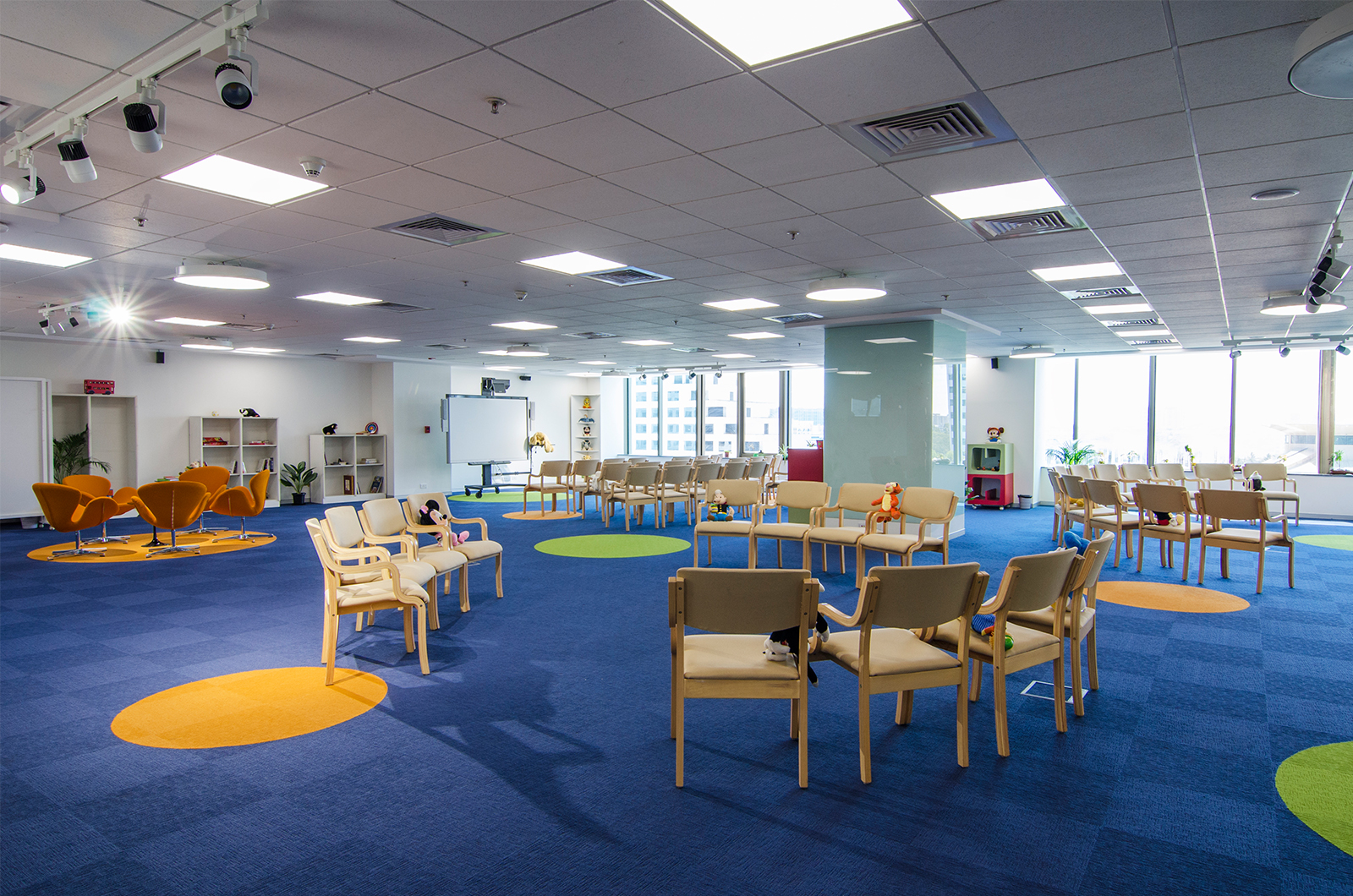
Mr. Liang Qichao once said, “Well equipped youths lead to a powerful country.” Schools are the cradle of nurturing next generations for the future; thus, building the best learning environments for students is what we aim for. Carpeted floorings can protect students from getting serious injuries if they fall or trip, since carpets provide extra layers of cushioning that hard surface floors don’t. At the same time, Tuntex carpets are non-toxic and environmentally-friendly, offering both students and teachers a safe, comfortable indoor space to learn and grow together.
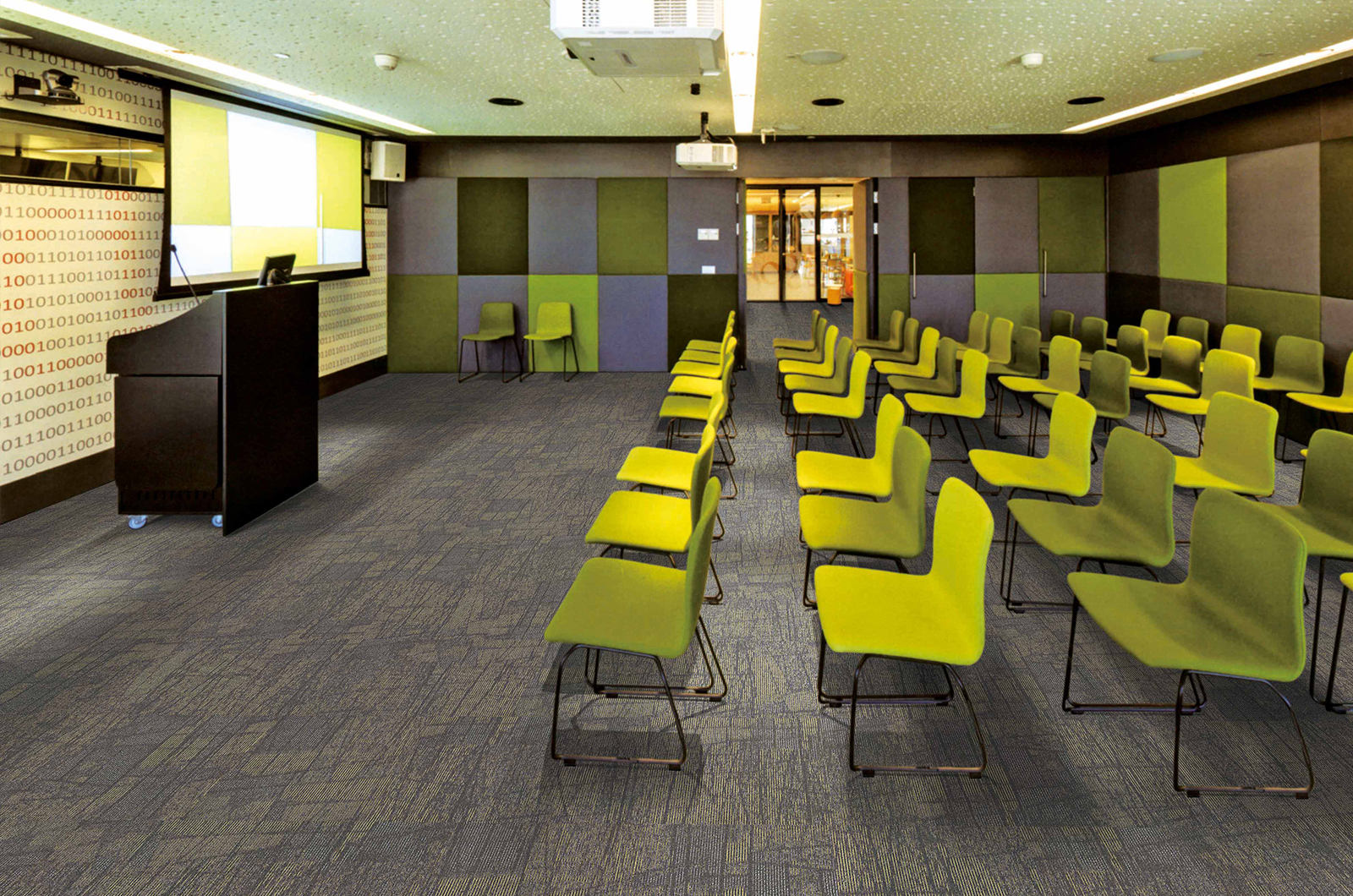
Traditional floors are usually grey and relatively monotonous in colour choices, giving people a dull and restrained feeling. Carpets are different, however, as Tuntex carpets are available in countless colours that can also be customised as well. Schools and universities can choose different carpet colours according to different environments to enrich the colour of space. According to a survey, colour has a significant impact on people's work efficiency and emotional states. In recent years, more and more schools have begun to set up spaces just for art and creativity so that students can freely explore and create what they imagine. These creativity rooms can use the help of vibrant colours to foster students’ imagination, while the typical classrooms where classes and exams take place can match well with plain and darker colours to concentrate and study.
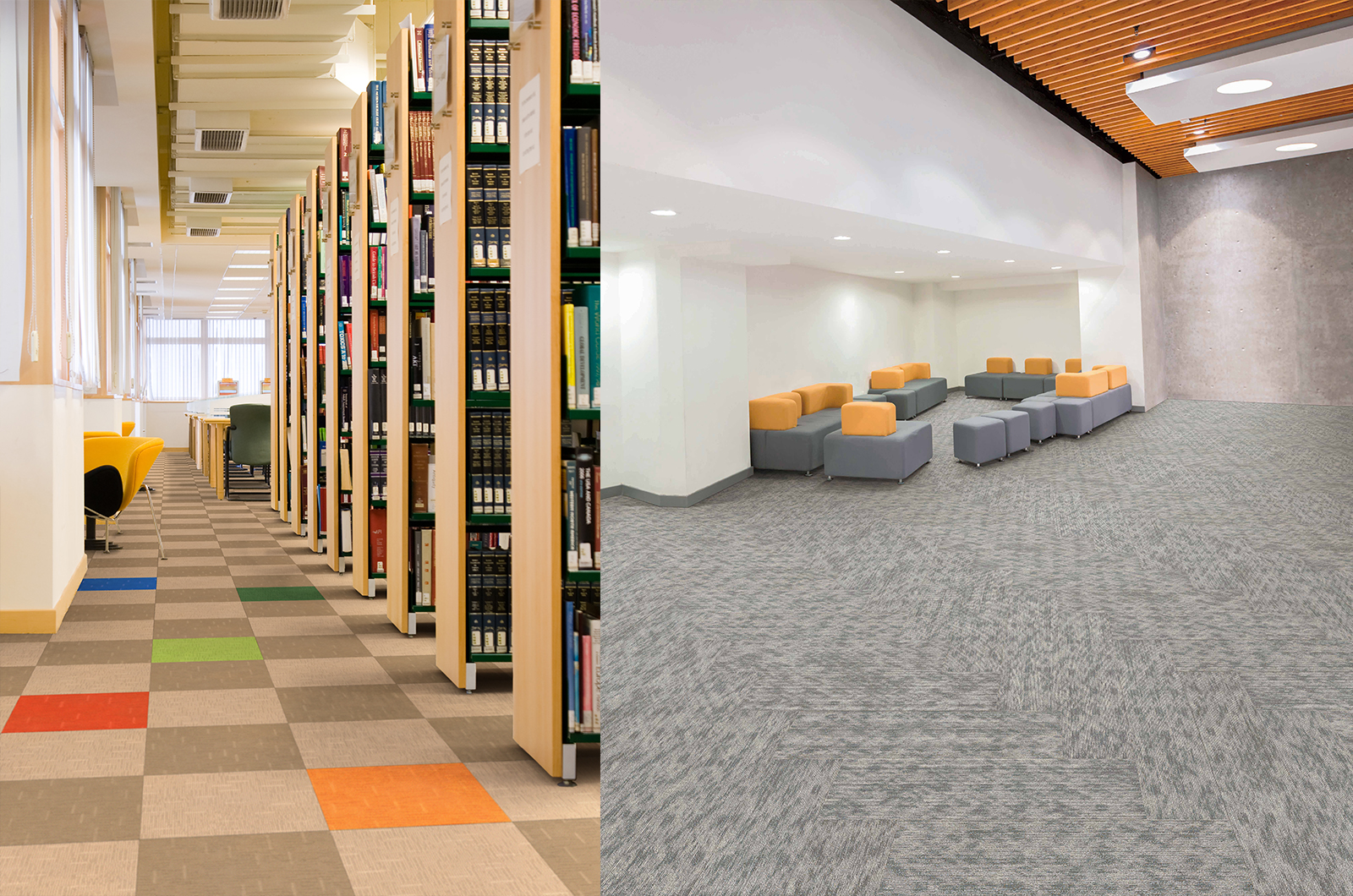
Traditionally, carpets are thought to likely cause asthma and allergic reactions, when in fact, the dust absorption function of carpets is one of its main advantages – they can hold onto particles and dusts, preventing them from floating around in the air and people inhaling them. Lastly, carpets provide noise reduction – remember as a kid, when you hear your friends are laughing and chattering in the next classroom but you’re are still taking your exams and you wish everyone next door would be quieter? This is when carpets can step in and help by absorbing noises and providing students and teachers a better learning environment.
